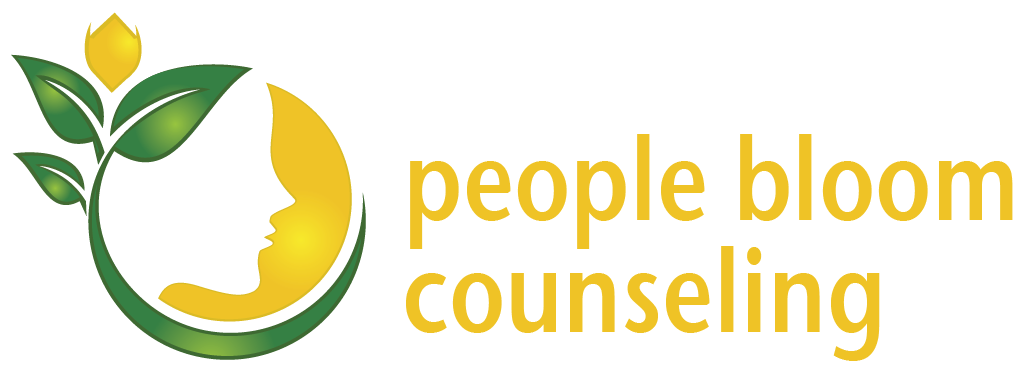Photo by Avrielle Suleiman on Unsplash
Self-care equals yoga
I remember very clearly the day I realized that boundaries are not only important to my self-care, but also to my work as a therapist.
Currently working as a Marriage and Family Therapy intern (thanks Zoom!), I also hold three part-time jobs while going to school full-time. When the pandemic lockdown first took effect in Seattle, my favorite yoga teacher began offering classes online twice a week.
For several weeks I was able to manage my various work and school schedules and make it to both classes every week. Yoga was my release, my de-stressor, my therapy. I’d been attending the same class for several years. Even though I had to practice in my chaotically messy living room, maintaining that schedule through the beginning of quarantine was helping me to stay sane.
A few weeks into quarantine, I was wrapping up a therapy session and my client couple requested an appointment the following Tuesday at 6pm. My stomach lurched a little as I saw my yoga class already scheduled in that precious slot on my calendar, but being a people pleaser I went ahead and scheduled them.
I told myself, without believing a word of it, I could miss ONE class. No big deal. But it felt like a very big deal to me. Yoga is my mental health.
Choosing self-care instead
Within 24 hours, I had called the couple and rescheduled them. I would be no good to myself or to any of my clients without holding my boundaries. It was the first time in my clinical work that I hadn’t made allowances for my clients and it ended up not being a big deal at all. I was proud of myself for holding on to the two hours a week just for myself.
These many months later, I haven’t missed a class and the practice continues to help keep me grounded.
A lesson in being true to myself
This was about so much more than getting to do yoga - I was setting boundaries and setting a better precedent for my future self to follow. Living through this pandemic has often made it difficult to hold those lines between work and leisure time. When do we get a break if there is no normal schedule?
What a luxury it is for me to be able to even attempt to establish boundaries during this time! I have no children and no pets and my current employment is fairly flexible. If even one of those things was different, I can imagine there would be many more roadblocks to “me” time.
No boundary too small
Boundaries are not always clear cut but they can be simple. Being able to say to your family “I just need 5 minutes to myself” is a boundary. Going for a walk once a day is a boundary. Making sure you don’t skip meals is a boundary. Here are more examples: logging into work only during work hours, creating a separate work space from your living space and focusing on things you can control in the midst of this very difficult time are all boundaries.
If you don’t listen to your gut and you say yes to things you really meant no, this can have a cumulative effect on you over time. You are not just saying yes just this one time, or skipping your precious workout just this one time. Pretty soon you could be looking back and wondering what happened to the non-negotiables that kept you sane?
Watching out for who?
If you are not firm at setting boundaries, you are basically saying, “Everything and everyone else are more important than me and I have to drop what I’m doing to accommodate at all cost!” Saying that out loud sounds extreme, but prioritizing everyone else does come at an expense; at your expense.
Coming back to my example, it has helped me realize that I matter too. I do not always have to be available at the drop of a hat for my clients. Just because I can does not mean I should or that I want to. Clients are important, but I have my own needs and health to look after as well. I too have a family and errands and appointments and yoga. Staying on top of these areas of my life helps to renew me. Remembering this will serve me in my therapy practice and my everyday.
Remembering you
Today, I’d encourage you to set one boundary for yourself. Just one. You may find it liberating. Sometimes that small amount of structure can be just what you need. And, if you need help setting boundaries, our therapists are here to help.
Sarah Reijnen is the Director of First Impressions at People Bloom Counseling. In addition to welcoming new clients as the new client intake whiz at People Bloom, she is also in the midst of completing her internship in Marriage and Family Therapy. She loves sunshine, paddle boarding and dogs of any kind.



















